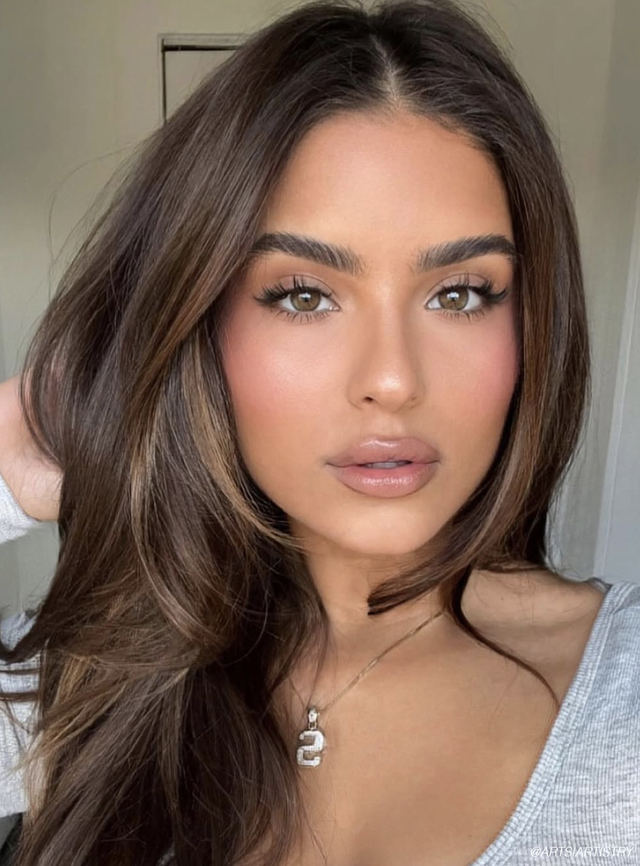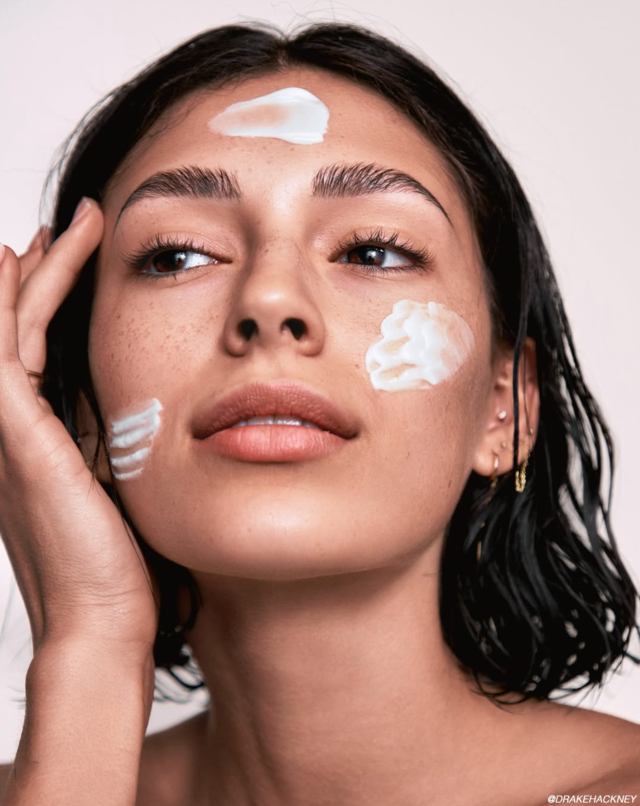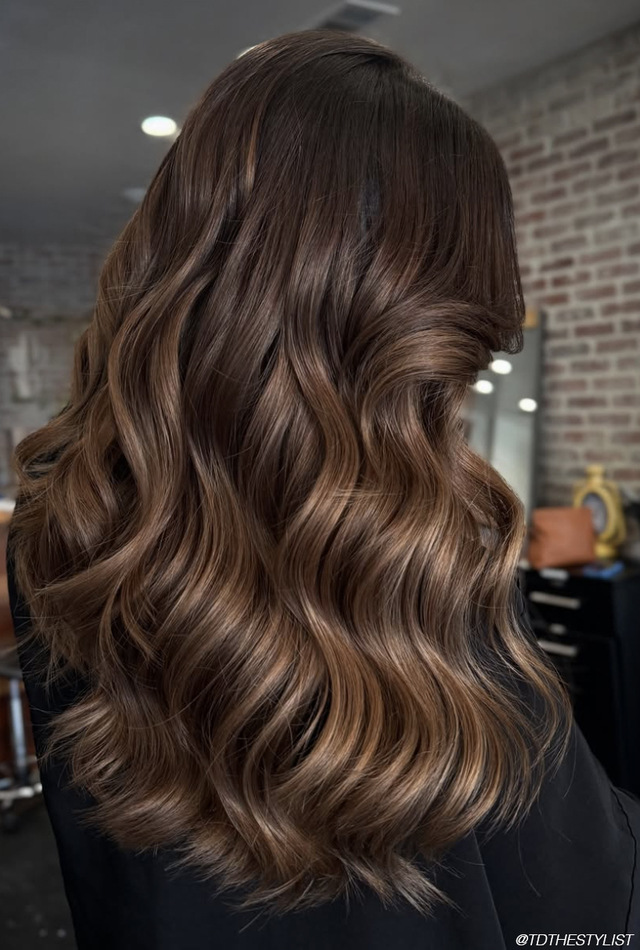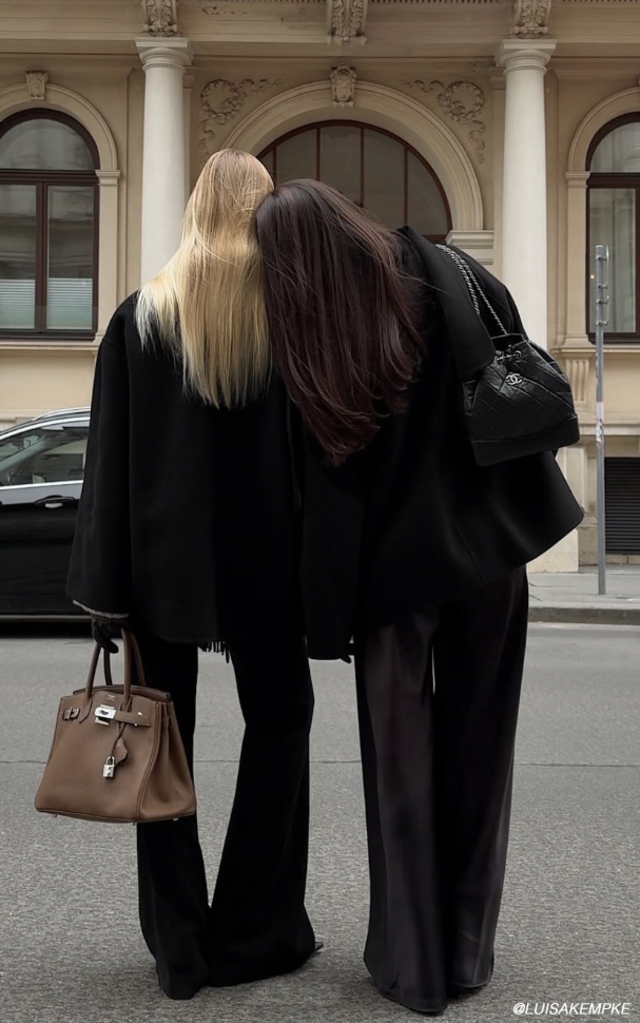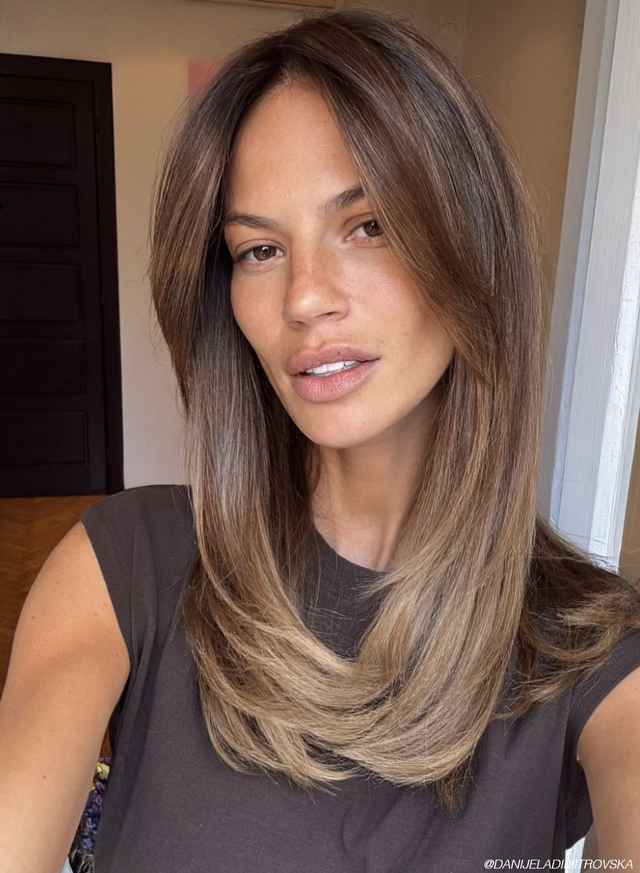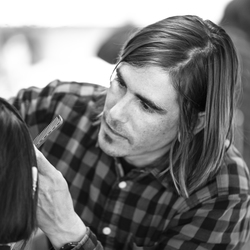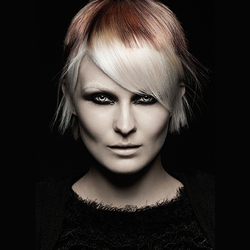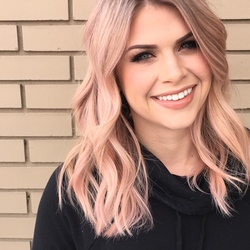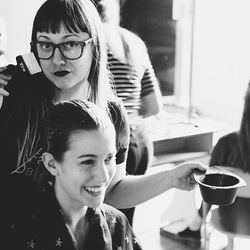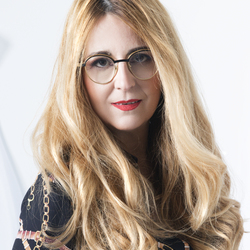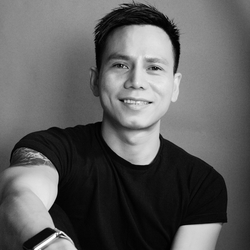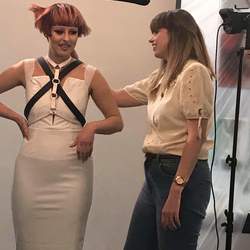Hay tantas técnicas diferentes para cardar. Estamos simplificando los tipos principales de cardar para que pueda crear el peinando perfecto.
¡Cardar es como variedades de manzanas- existen tantos tipos diferentes! No hay completamente tantos tipos de cardar el pelo como hay variedades de la manzana (7,500 es bastante poco), pero eso no significa que no puede incorporar algún volumen serio en sus peinados con estos cuatro tipos principales de cardar.
Cardado Estructural
La información de cada sección en el cardado como vas sin separarlos se llama cardado estructural. Si construye las secciones juntos, cepillará muy bien ya como crea su forma.
Cardado Muesca
Cardar el cabello hasta que el peine llega a la cabeza se llama cardado muesca, porque el cabello es juntado cerca de la cabeza.
Para la práctica del cardado muesca, tire el pelo directamente arriba, peine la parte delantera de la sección hacia todo abajo, gire su peine 90 grados (de forma que quede perpendicular a la cabeza) y peine el pelo la misma dirección que el mechón de cabello para sacar cualquier tipo de enredo y ordenar el cardo.
Cardado con Volumen
Para crear volumen, cardar el cabello por cambiando o apilado. “Cambiando” es el cardado del cabello bajo de 90 grados. “Apilamiento” es el cardado del cabello cuando el pelo está en un ángulo de 90 grados o más. Sobre la dirección de la parte y cardar la sección, luego tirándolo sería un ejemplo de apilar su cardado.
Cardado Bosquejo
Bosquejando es como dibujando una imagen. Tenga en cuenta la forma total y la estructura de la cara a través la construcción de la mirada. Cardar el pelo utilizando el método de cambio y asegúrese de que su cepillo no sobresalga de la parte frontal del cabello.
Patricia precaución y curva el cardado alrededor para seguir la cara. No repase la sección cuando termine – es una técnica bastante apacible donde no debería molestar a la parte superior del cabello.
¡No te quedes ahí, empieza a cardar! Para obtener más ayuda con el peinado, visite la página de StyleLink en Estilo y Forma para crear la fundación perfecta.
THE 4 TYPES OF BACKCOMBING
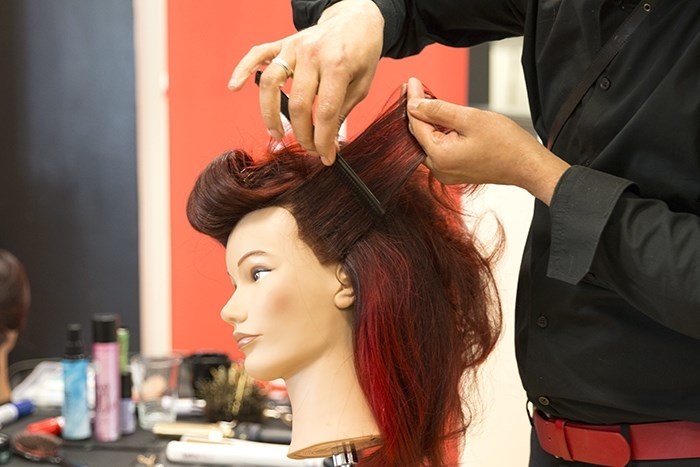
Backcombing has so many different techniques. We’re breaking down the main types of backcombing so you can create the perfect updo.
Backcombing is like apple varieties—so many different kinds exist! There aren’t quite as many types of backcombing as there are apple varieties (7,500 is quite a bit), but that doesn’t mean you can’t build some serious volume into your updoswith these four main types of teasing.
Structural Backcombing
Incorporating each section into the backcomb as you go without separating them is called structural backcombing. If you build the sections together, it will brush out nicely as you create your shape.
Indentation Backcombing
Backcombing the hair until your comb reaches your head is called indentation backcombing, because the hair is bunched up close to the head.
To practice indentation backcombing, pull hair straight up, comb the front of the section all the way down, turn your comb 90 degrees (so it’s perpendicular to the head) and comb the hair the same direction as the hair strand to pull out any snarls and tidy up the tease.
Volume Backcombing
To create volume, backcomb the hair by either shifting or stacking. “Shifting” is backcombing the hair under 90 degrees. “Stacking” is backcombing the hair when the hair is at a 90-degree angle or higher. Over directing the part and backcombing the section, then flipping it over would be an example of stacking your backcombing.
Sketching Backcombing
Sketching is just like drawing a picture. Take into account the overall face shape and structure throughout the construction of the look. Backcomb the hair using the shifting method and make sure your brush doesn’t poke out of the front of the hair.
Practice caution and curve the backcomb around to follow the face. Don’t comb through the section when done—it’s a technique gentle enough where it shouldn’t disturb the top of the hair.
Don’t just stand there, start teasing! For more help with your styling, visit the StyleLink page on Estilo y Forma to create the perfect foundation.
Be sure to stalk Estilo Y Forma on Bangstyle and follow them on Instagram for daily inspiration & stay tuned for even more tips and tricks!

